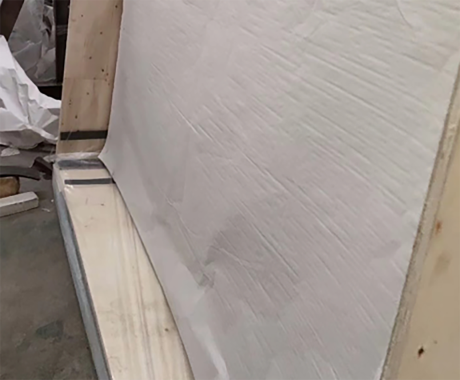

The Versatility of Tinted Glass A Modern Material for Today’s Architecture
Tinted glass has emerged as a versatile material in modern architecture, offering a unique blend of aesthetics, functionality, and energy efficiency. As urban landscapes evolve and environmental considerations become ever more critical, tinted glass serves not only as an essential design element but also as a pragmatic solution to various challenges faced by contemporary buildings.
What is Tinted Glass?
Tinted glass is produced by adding metal oxides during the manufacturing process or by applying a film to glass that reflects and absorbs sunlight. This glass comes in a variety of shades and colors that can range from subtle gray and bronze to more vibrant hues, allowing architects and designers to create a diverse range of visual effects. The level of tinting can vary, influencing not just the appearance of a building but also its performance characteristics.
Aesthetic Appeal
One of the primary advantages of tinted glass is its aesthetic appeal. The use of tinted glass can significantly enhance the visual aspects of a building, making it more attractive and captivating. Architects leverage tinted glass to create striking facades that reflect the surrounding environment, integrate with urban contexts, or even stand out as landmark structures. Moreover, the varying degrees of transparency allow for creative plays with light and shadow, offering dynamic visuals throughout the day and under different weather conditions.
Energy Efficiency
In today’s climate-conscious world, energy efficiency is paramount. Tinted glass plays a significant role in reducing energy consumption in buildings. By absorbing solar radiation, tinted glass minimizes heat gain during the summer months. This effectively reduces the reliance on air conditioning systems, leading to lower energy bills and a reduced carbon footprint. Additionally, tinted glass can help maintain a more consistent indoor temperature, providing comfort to occupants while minimizing the energy needed for heating and cooling.
UV Protection

Excessive exposure to ultraviolet (UV) rays can cause significant damage to interiors, fading carpets, furniture, and artwork. Tinted glass is not only able to reduce glare but also blocks a substantial amount of UV radiation. By opting for tinted glass, architects and homeowners can protect their interiors from sun-induced deterioration while still enjoying natural light—a harmonious balance between aesthetics and practicality.
Privacy and Security
In urban environments, privacy is often at a premium. Tinted glass offers a solution by obscuring the view from outside while still allowing natural light to enter. This makes it a popular choice for office buildings, residential properties, and commercial establishments where occupants may prefer to maintain a degree of privacy. Additionally, tinted glass can enhance security by making it more difficult for outsiders to see inside a property, thereby deterring potential intruders.
Types of Tinted Glass
There are several types of tinted glass, each with unique properties and applications. Some commonly used types include
1. Reflective Glass This type of glass has a thin metallic coating that reflects solar radiation, making it an excellent option for reducing heat gain. 2. Absorptive Glass This type is tinted throughout the thickness of the glass, absorbing light rather than reflecting it—ideal for residential and commercial buildings. 3. Low-E Glass Though primarily designed for energy efficiency, Low-E glass can also have tinted properties, allowing for reduced glare and enhanced comfort.
Conclusion
As we move towards a future where sustainability and aesthetics go hand-in-hand, tinted glass has cemented its place in modern architecture. Its multifunctional benefits—from energy efficiency to UV protection and aesthetic appeal—make it an essential material for building designs. Whether implemented in skyscrapers, residential homes, or commercial complexes, tinted glass enhances the way we perceive and interact with our built environments. As the demand for innovative architectural solutions continues to grow, tinted glass stands out as a brilliant blend of form and function, paving the way for a more sustainable and visually engaging future.